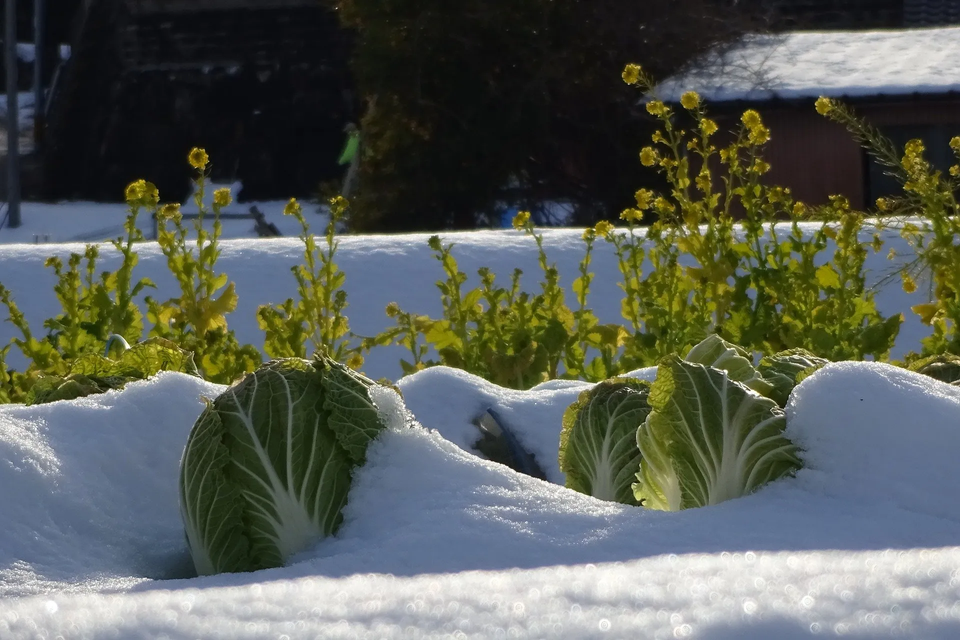7 Tips for Preparing Your Garden for Winter
Congratulations — You’ve kept your beloved plants and flowers alive through the scorching summer temperatures! Now, it’s time to give them a little extra attention as you tuck them in for the next few months. These seven tips for preparing your garden for winter are sure to keep your beautiful garden fresh.
A little upfront planning can mean healthy winter plants and less work for you in the spring!
7 Tips for Preparing Your Garden for Winter
1. Protect your plants from salt.
Road salt is not a friend to plants and soil. When met with too much salt, soil salinity rises and tender plant roots and evergreen foliage may die. Use landscape fabric (or an old sheet) to protect roadside plants from salt spray. For plants along walks and drives that you salt yourself, use salt-free ice melters like calcium chloride or magnesium chloride (available in some stores, and easily accessible online through sites like Amazon).
2. Add mulch to garden beds.
Adding mulch to garden beds before the winter helps keep root temperatures stable as they slowly acclimate to the colder weather.
3. Make weeding easier next spring.
Whether you’re planning a new garden space or don’t want to hassle with weeding, there’s a simple winter solution for areas with excessive grass or weeds. Place a thick layer of newspaper or cardboard over the area. Then, alternate layers of organic material like compost, leaves, pine needles, untreated grass clippings, and straw. Come spring, the grass and weeds beneath the pile will be dead, and you’ll be ready to plant!
4. Be mindful of winter crops.
If you have plants that grow through the winter, remove snow after a storm. If allowed to accumulate, snow blocks sunlight and can damage plant structures.
5. Water before a freeze.
Potted plants and annuals appreciate a good watering before a predicted freeze. It helps them absorb moisture before the ground is frozen, which can prevent water from reaching the roots.
6. Bring houseplants inside.
It’s time to bring houseplants in for the winter. Before doing so, spray both sides of the leaves with insecticidal soap and water (that’s safe for people and pets) to avoid bringing along any unwanted hitchhikers. Place plants inside in an area that receives indirect, bright light for at least five hours a day. Be mindful not to place them near drafts or heating vents and only water them occasionally, as they don’t actively grow in the winter.
7. Build a compost bin.
If you don’t already have a compost bin, build one now so you can collect material over the winter. Pick up wooden pallets from your local garden center to build a bin with a back and three sides. Dispose of organic matter in your compost bin all fall and winter and your garden will thank you in the spring!
Preparing your garden for winter is all about protecting plants in cold temperatures while taking steps to simplify your spring.
How else do you put your garden to bed for the winter?










